



soc chip design
In today's era of rapid technological development, the importance of the chip as the core component of electronic equipment is self-evident. SOC (System on Chip) chip design is a perfect blend of technology and innovation, providing strong support for the intelligence, miniaturization and high performance of electronic devices.
SOC chip design is a complex and challenging project. It requires the integration of multiple functional modules, including processors, memories, communication modules, graphics processors, etc., and integrating them on a single chip to achieve a high degree of system integration and optimization. This not only requires designers to have deep knowledge of electronic engineering and rich design experience, but also need to master advanced design tools and technologies.
First, the processor is the core of the SOC chip. It is responsible for executing a variety of instructions, computing and processing data. When designing the processor, several factors such as performance, power consumption, area, etc. need to be considered. A high-performance processor can provide faster computing speed and stronger processing power, but it will also consume more power and occupy a larger chip area. Therefore, designers need to weigh performance and power consumption to choose the right processor architecture and design solution.
Second, memory is also an important part of the SOC chip. It is used to store programs and data and provide fast data access to the processor. When designing memory, factors such as capacity, speed, and power consumption need to be considered. Large-capacity memory can store more programs and data, but it also increases the area and cost of the chip. High-speed memories can provide faster data access, but they also consume more power. Therefore, designers need to choose the right type and capacity of memory for reasonable layout and optimization according to application requirements.
In addition, other functional modules such as communication modules and graphics processors also play an important role in SOC chip design. The communication module is responsible for the communication between the chip and external devices to realize data transmission and exchange. The graphics processor is responsible for rendering and displaying graphics to provide users with a more vivid and realistic visual experience. When designing these functional modules, it is necessary to consider their synergy with the processor and memory, as well as compatibility and interoperability with external devices.
SOC chip design not only needs to consider the technical aspects, but also needs to consider the market demand and application scenarios. Different application areas have different requirements for chip performance, power consumption, cost and so on. Therefore, designers need to understand the market demand and application scenarios, customize the design according to customer needs, and provide products that meet market demand.
In short, SOC chip design is a project full of challenges and opportunities. It requires designers to have deep knowledge of electronic engineering and rich design experience, master advanced design tools and technologies, and also need to deeply understand the market demand and application scenarios, innovation and optimization. With the continuous progress of science and technology and the constant change of market demand, SOC chip design will continue to develop and innovate, providing more powerful support for the intelligence, miniaturization and high performance of electronic devices.

Please contact us if the source is mislabeled or violates your legal rights.
We will promptly correct and delete, thank you.
- ISP co-processor
- The standard of ISP chips
- What is the power consumption level of t...
- In what scenarios can the performance of...
- Smart Home Products with Rockchip RK3588...
- Kylin ISP chip
- Purchase of ISP chips
- How fast is the read speed of Winbond W2...
- The motherboard of the industrial comput...
- spi ethernet chip in qfn package

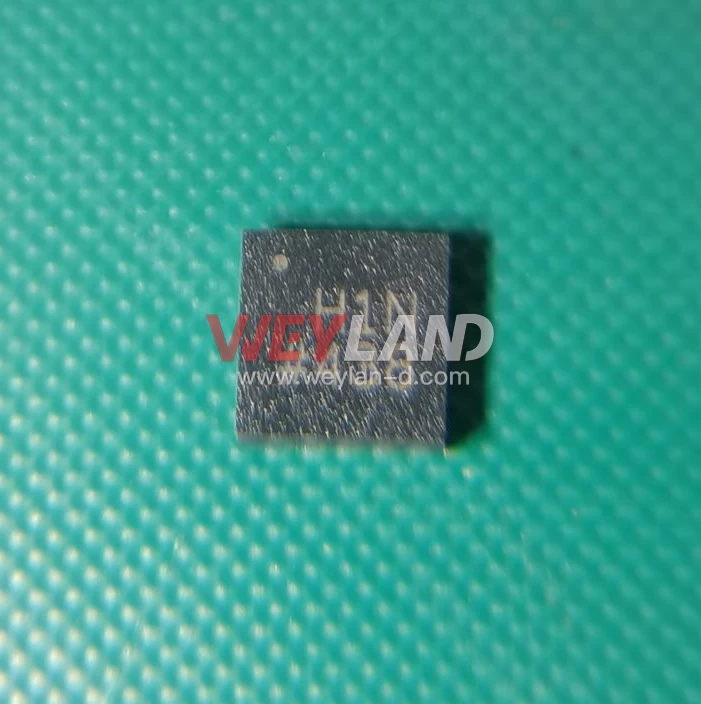


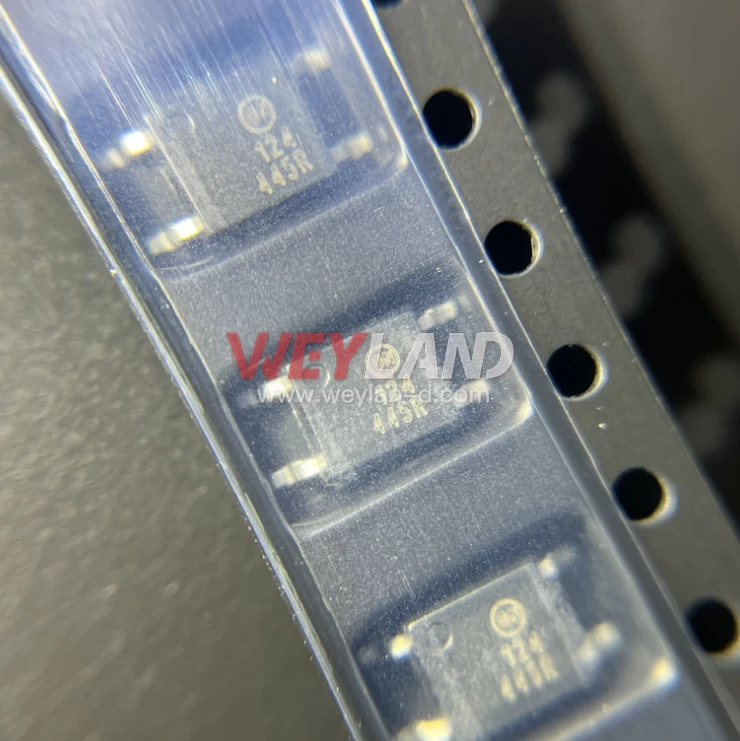
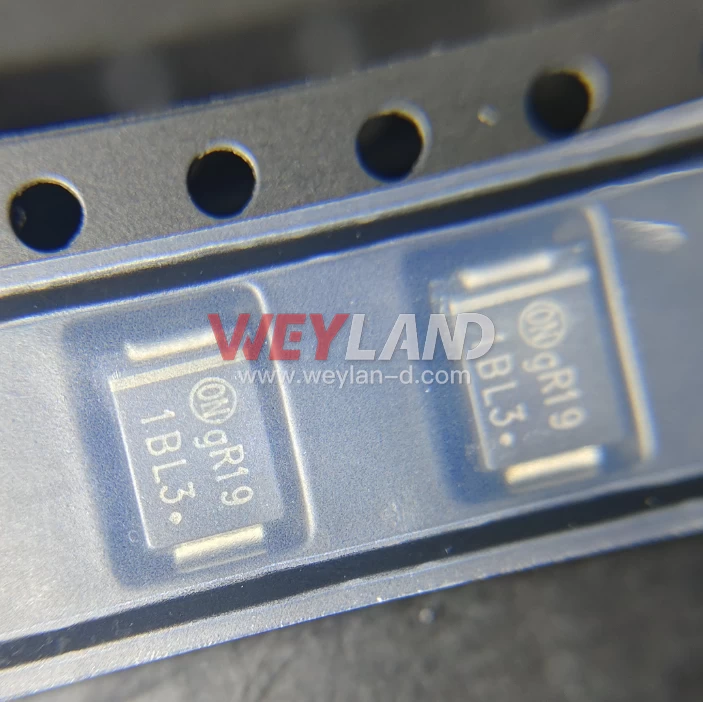
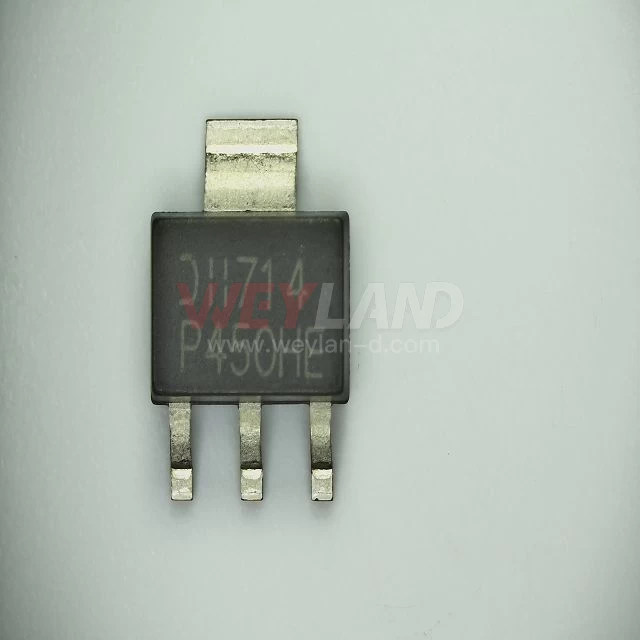
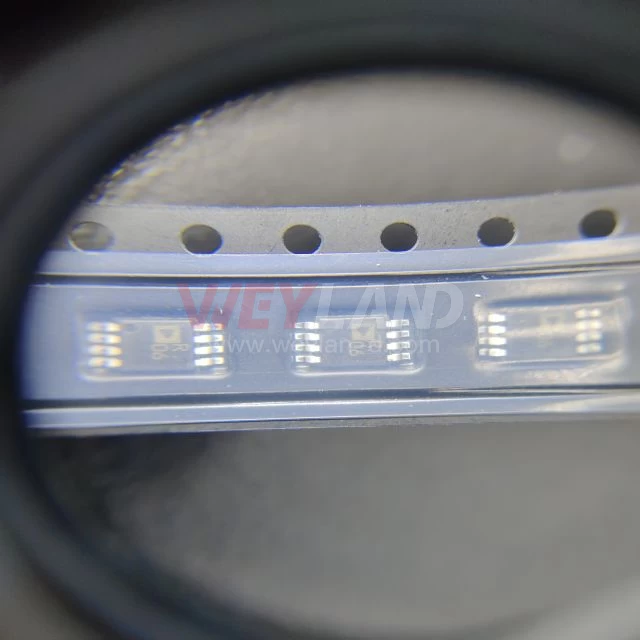


.9246509.png)












[email protected]
7500A BEACH ROAD #04-307 THE PLAZA SINGAPORE (199591)
RM 705.7/F.FA YUEN COMM BLDGNO.75-77.FA YUEN STREET.MONGKOK.KLN.HONG KONG
